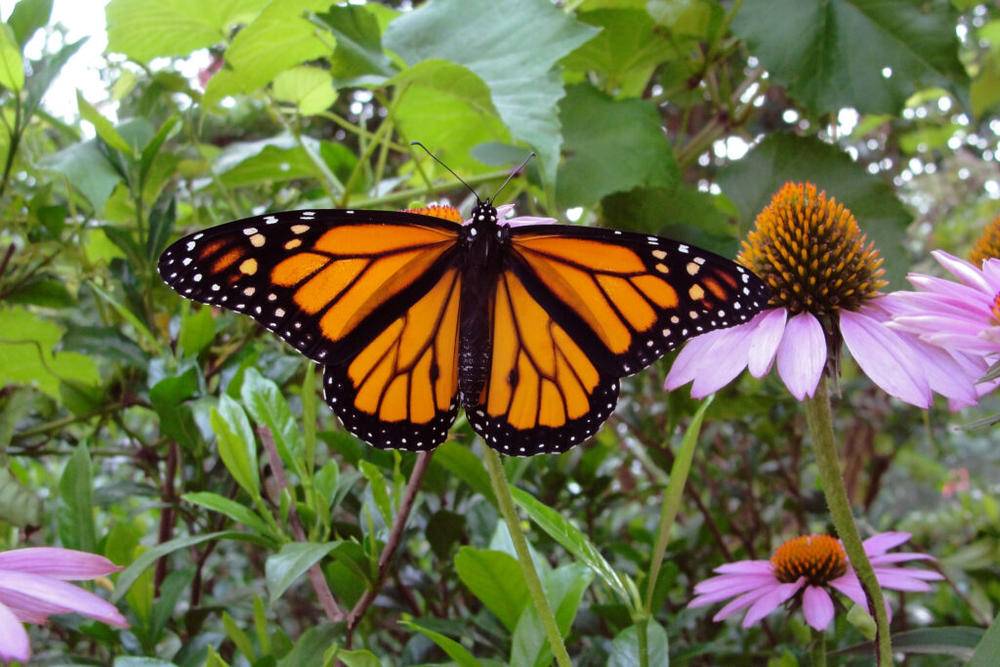
Caption
Monarch butterfly populations are increasingly failing to complete their long migration to Mexico.
Credit: Pat Davis
LISTEN: Each year, Georgians see monarch butterflies as they make their way south to Mexico for the winter. But more and more butterflies aren't surviving the trip. GPB's Chase McGee reports.

Monarch butterfly populations are increasingly failing to complete their long migration to Mexico.
Researchers at the University of Georgia say monarch butterflies are dying during their annual fall migration south to Mexico.
Across 17 years, citizen scientists in Georgia have surveyed the numbers of monarch butterflies making overnight pit stops in shrubs, trees and other plants.
Those numbers show a decline by as much as 80%, with losses worsening as the butterflies head south.

Dr. William Snyder (left) and Dr. Andy Davis (right) collaborated on the study published by the Proceedings of the National Academy of Sciences.
Researchers aren’t sure what’s causing it, but the University of Georgia's William Snyder said there are ways people can assist.
"What you could do to try to help would be to plant more flowering plants along the fall migration route," Snyder said.
Those flowering plants won't encourage the butterflies to linger, and they'll provide a source of nectar for the traveling monarchs.
While some researchers point to climate change as a leading force in the changing migration pattern, the UGA researcher Andy Davis and Snyder both point to an increase of parasitic infections and captive breeding as potential factors.
Davis also says sometimes well-meaning people do more harm than good by bringing these butterflies inside to rest during their migration.
“One of the best ways to make really strong, healthy monarchs is to simply leave them alone in the wild,” Davis said.
The butterflies normally return in the spring.